Features of reinforced sleeves

A rubber hose (hose) of high pressure is a product for purely technical needs that are significantly different from solving everyday problems. The hose itself is a stretched hose made of high-density rubber or other materials that replace it.
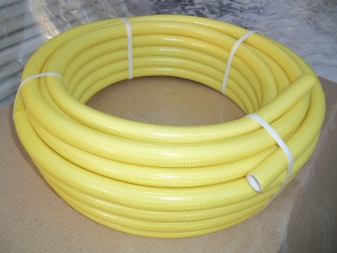

Peculiarities
Inside the outer sleeve is an inner hose. Between the outer and inner layers, there is an additional reinforcing layer - a mesh, the parts of which are interconnected by connecting elements, which make it possible to give additional strength to the branching of the sleeve due to perfect tightness.
The purpose of the armored sleeve (hose) is to transport gaseous and liquid media under increased or, on the contrary, weakened pressure. The sleeve can not only drive liquids and gases under pressure, but also suck them out - using a pump that creates an additional vacuum. Typical examples are the supply or pumping of oils, all kinds of petrochemicals, glycol, vapors and gaseous substances. The temperature range is 40-100 degrees.
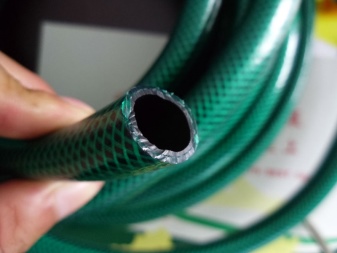
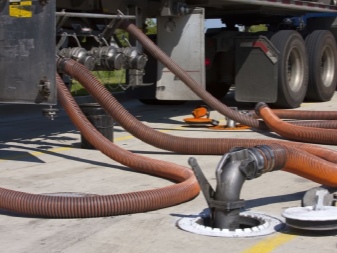
The peculiarity of the weaving of the reinforcing layer is as follows. For an optimal safety margin (pressure of the pumped medium), a textile (aramid or polyester thread) method is used, in which the threads are woven at the production stage at right angles. Diagonal method - the same threads are intertwined at an arbitrary, but clearly specified angle. The higher the weave density - the number of threads per inch of distance along any of the two one-dimensional axes - the stronger the sleeve and the more pressure it will withstand.
Strength also depends on the number of braiding layers. A single shot is by definition weaker than a double. One-layer sleeve assumes the presence of a three-layer sleeve, the outer and inner layers of which are silicone. There is one braided layer between the silicone tubes. Double reinforcement - 3 silicone tubes and 2 reinforcement layers in between.
The most durable and most expensive product also includes a fiberglass layer - there are already 6 layers in total.
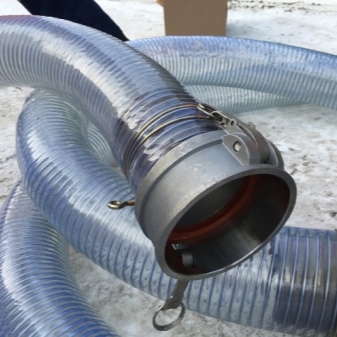

Basic types
Reinforced sleeves are divided into several types. This division is due to the purpose, length, cross-sectional diameter, the presence of certain materials and technologies.
The pressure-pumping rubber hose is a high pressure hose. Designed to redirect all kinds of petrochemicals and bulk materials, saturated and rarefied vapors to their destination. The action takes place due to increased pressure - up to tens of earthly atmospheres. The task is to pump the required amount of the substance to the place of work. There is no need to transfer and deliver certain media and reagents.
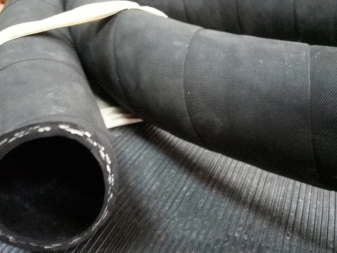
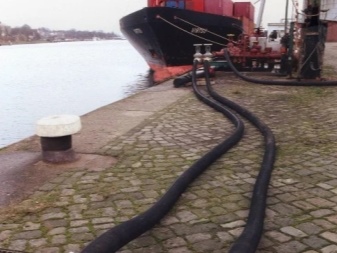
The performance of the delivery hoses is at a high level: they are often required where conveyor production is established. For example, this is a paint and varnish plant that uses a number of petroleum products and their derivatives.
More specific names for this type are steam as well as hydraulic hose.
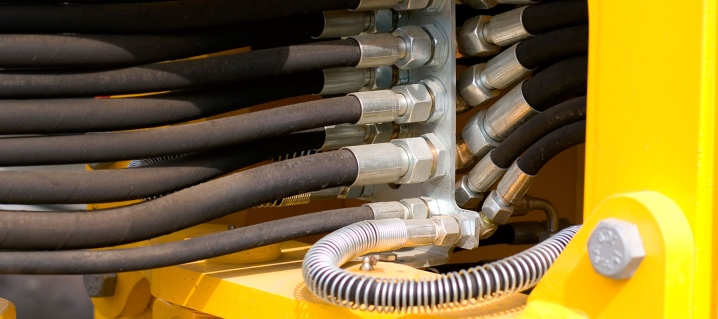
Pressure-suction (vacuum) hoses include reversible, or reverse, action. Their task is the timely removal of waste vapors and gases from the production chambers, which would cause pollution of the surrounding nature and the city in which a particular plant operates. The main area of their application is mining and oil refineries, chemical plants and factories. These sleeves have a reinforced flexible frame, on top of which rubber layers lie inside and out.Temperature range - this hose belongs to heat-resistant products - equal to 50-300 degrees, diameter - 2.5-30 cm.
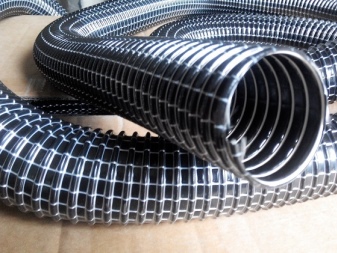
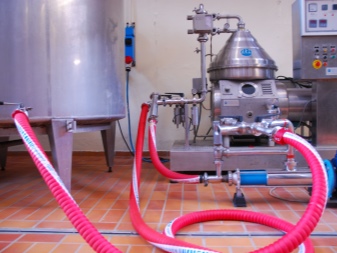
The suction corrugated sleeve has a metal (usually steel) spring (spiral) that acts as a frame and bends in all directions. The simplest application of corrugated hoses is vacuum cleaners: in the units of the Soviet era, the hose coating was rubber, in modern ones, some types of wear-resistant and no less flexible plastic came to replace rubber - for example, polyurethane or PVC with additional additives.
In smooth sleeves, the spring is replaced by a steel braid, which is resistant to kinks and twisting.
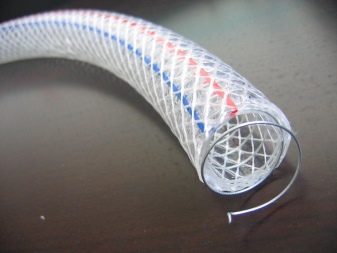
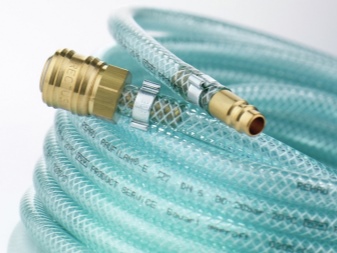
High-pressure hoses - all the same pressure hoses - are used in factorieswhere the declared production capacity is maintained by timely supply of consumables in the form of gas, vapor or liquid. These hoses have a flexible frame, on which rubber is applied outside and inside, and between these layers is inserted a reinforced sleeve made of a third layer of rubber and threads / braid. Application area - supply of gases and aggressive liquids (except for strong mineral acids).
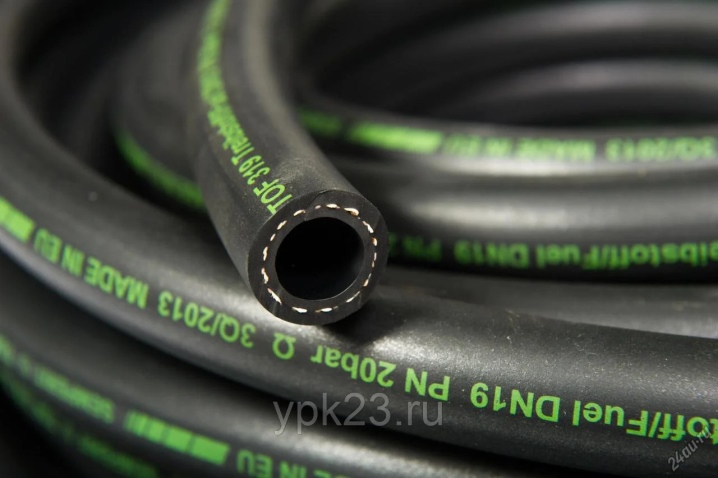
Inflation sleeves with thread reinforcement - hoses with a textile frame. They are based on a flexible rubber tube with two layers separated from each other. A thread mesh is woven between the layers of rubber. Sleeve length - no more than 10 m. Scope of use - diluted acids and alkalis, salts, as well as gasoline, kerosene, diesel, inert gases - xenon, radon, helium, argon and neon.
Simply put, these hoses are liquid and air (air-blowing) at the same time.
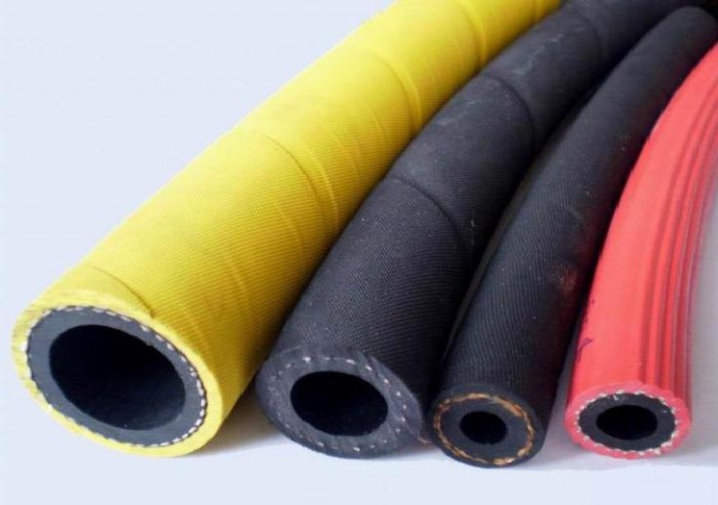
Firefighters and other watering hoses are used in the process of fire extinguishing at an object on fire, in some civil defense exercises. They are used when supplying water and non-combustible foam to the work site. Withstand pressures of more than ten bar. Requires storage in a dark place. The disadvantage is a narrow temperature range: from 25 degrees below zero to the same degrees of heat.
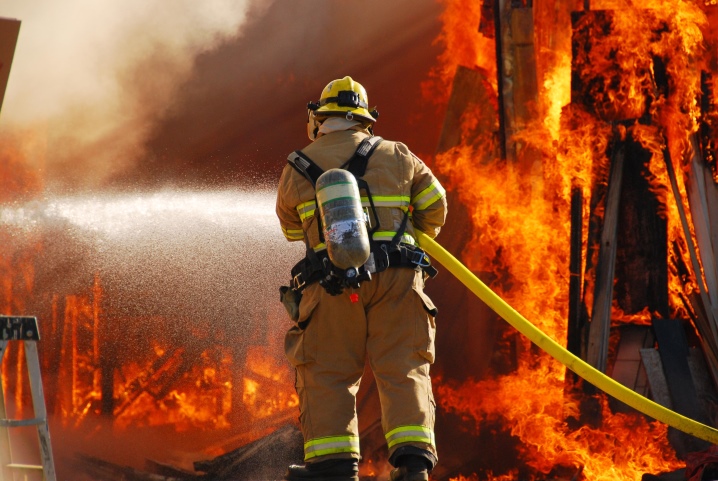
Rubber and silicone hoses and sleeves should not be stored in rooms where regular ozonation is performed, as well as in places with an increased risk of fire (for example, in fuel and lubricants warehouses).
The sleeves are kept away from heating appliances. With prolonged contact with these substances, rubber, rubber is destroyed. Hydrochloric, sulfuric, perchloric, nitric acids carbonize any organic compounds, including vulcanized and bottled rubber.

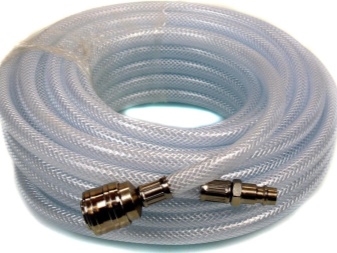
Dimensions (edit)
Reinforced sleeves have a whole range of sizes: their diameter is from 16 to 300 mm. The most common values are 16, 20, 32, 50, 75, 100, 140 and 200 mm. The simplest examples are a gas hose on the timing block of a car, a fire pipeline on a car of service 01. The size of 300 mm or more is an attribute of factories that produce, for example, gypsum and cement-based building mixtures.

Applications
Armorukava is used in ventilation ducts, irrigation systems (transparent hoses) and water supply, in wood processing (hose of a technical vacuum cleaner), in the delivery of petroleum products, in the engineering industry, in the production of agricultural products, in the food industry, in the delivery of waste from all kinds of industries, in the dispatch of chemical products.
The main qualities of armored sleeves are unpretentiousness and reliability in work.

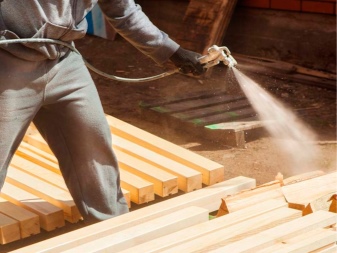

































































The comment was sent successfully.